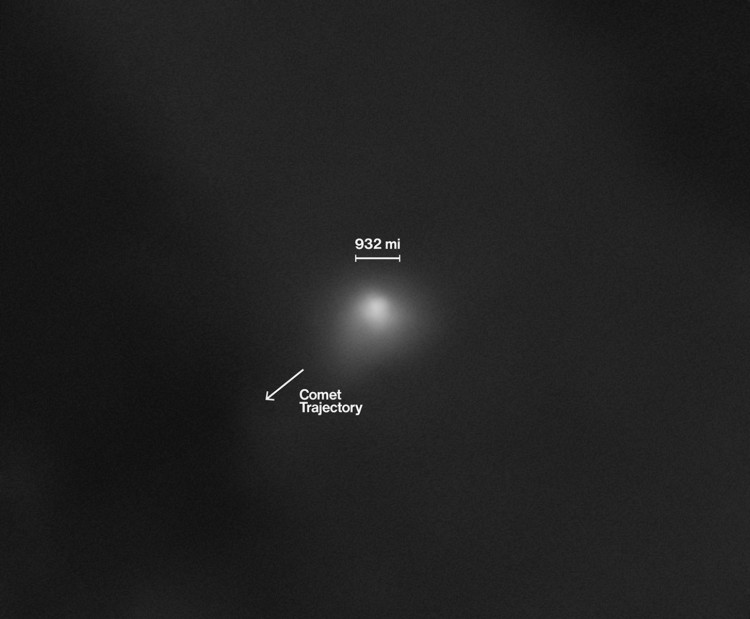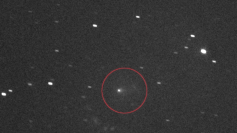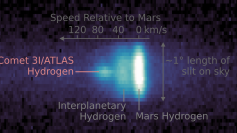NASA is defending the quality of its newly released HiRISE images of interstellar object 3I/ATLAS after a wave of sharper amateur photographs began circulating online, prompting comparisons that place public expectations and scientific priorities in direct conflict. The agency, which relied on multiple spacecraft including the Mars Reconnaissance Orbiter and the MAVEN mission to capture the faint visitor, said the images were never intended to compete visually with ground-based consumer telescopes. The discussion has surfaced as 3I/ATLAS continues its high-speed passage through the inner solar system and public demand grows for clearer views of the third recorded interstellar body.
The discovery of 3I/ATLAS on July 1, 2025, by the ATLAS observatory in Chile generated immediate attention due to its unconventional behavior. The same system has cataloged more than a thousand near-Earth asteroids, hundreds of hazardous objects, and thousands of supernovas and comets. Yet even the scientists behind ATLAS have noted that no prior find has produced as much confusion or public fascination as this one. Its trajectory and spectral characteristics have placed it at the center of speculation, including scientific commentary from Harvard astrophysicist Avi Loeb, who has pointed to "12 unusual features" ranging from its "anti-tail" structure to the presence of significant nickel.
NASA's long-delayed public release-which had been postponed during the U.S. government shutdown-drew mixed reactions. The HiRISE camera aboard the Mars Reconnaissance Orbiter produced a faint white smudge of the comet, contrasting sharply with high-contrast images taken by amateur astronomers who tracked 3I/ATLAS from Earth. That disparity quickly went viral, raising questions about why hobbyists appeared to achieve clearer results than billion-dollar spacecraft.
In response, NASA addressed the criticism directly on social media. The agency wrote, "Lots of reasons...but in short, it's not what these spacecraft were designed to do. As comet 3I/ATLAS swooped by, we jumped on the opportunity to turn our instruments its way and see what we could get." NASA pointed specifically to the HiRISE comparison showing the Martian surface versus a dim, fast-moving interstellar comet, arguing the equipment is optimized for stable, high-albedo terrain-not cold, distant bodies moving thousands of miles per hour.
The agency elaborated further, noting that even if the images do not resemble the kind of dramatic astrophotography that circulates online, they serve a critical scientific function. NASA acknowledged that the released HiRISE image "may not be suitable for a 'magazine cover'," but emphasized that the data collected remains valuable for research, particularly in analyzing the structure and brightness variations of a faint, fast object.
Analysts say the debate underscores a persistent tension between public interpretations of "good" imagery and the kinds of faint, almost abstract data that scientists rely on to identify physical properties. Amateur astrophotographers commonly use long exposures and image stacking to enhance clarity, whereas spacecraft cameras-designed for another planet's surface-must operate within their technical limits.
NASA also highlighted that the 3I/ATLAS campaign involved not just HiRISE but a network of spacecraft, including MAVEN, Lucy, Psyche, STEREO, and SOHO. Each instrument captured different wavelengths and brightness levels, contributing to a composite understanding of the comet even when individual frames appeared visually unimpressive.




